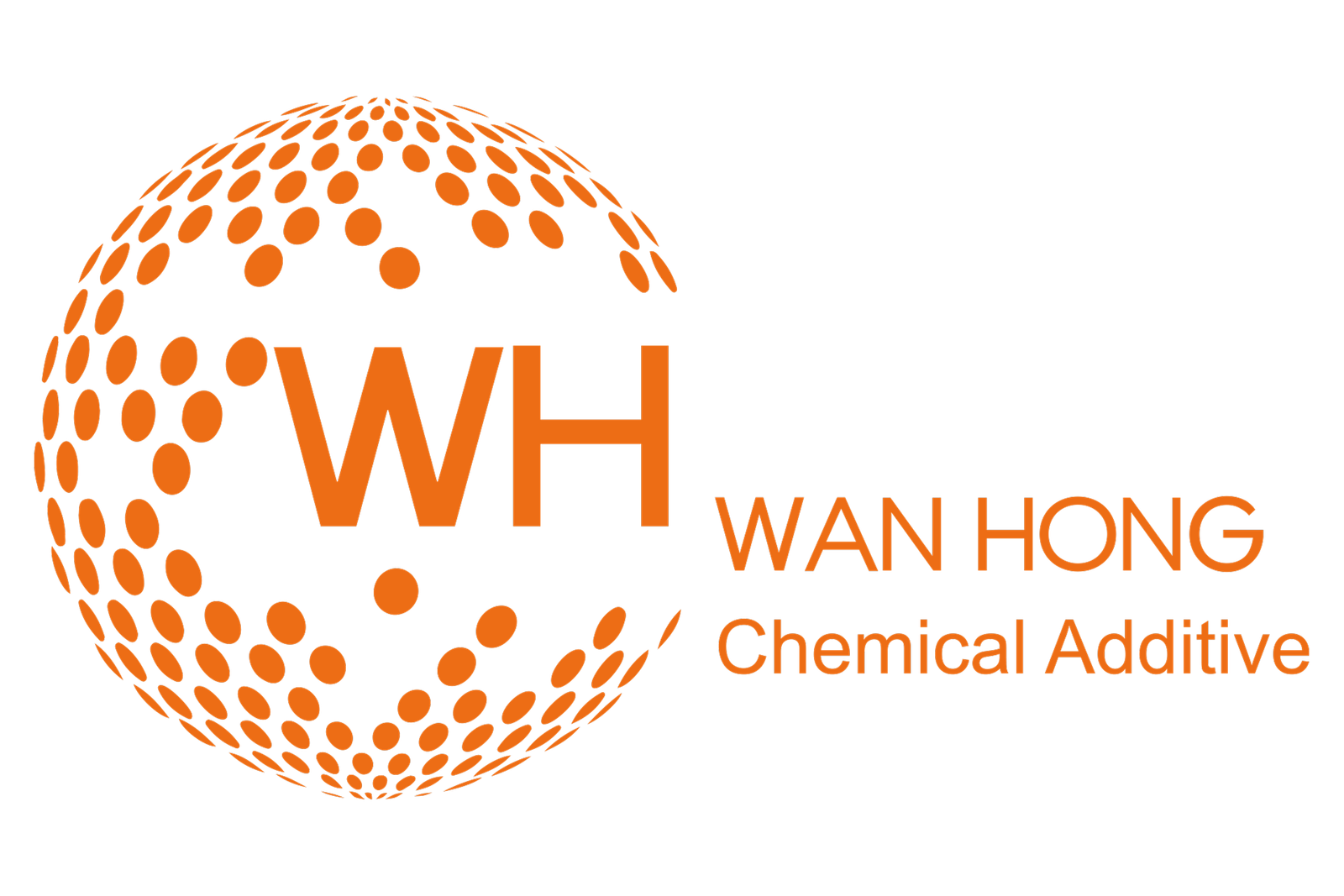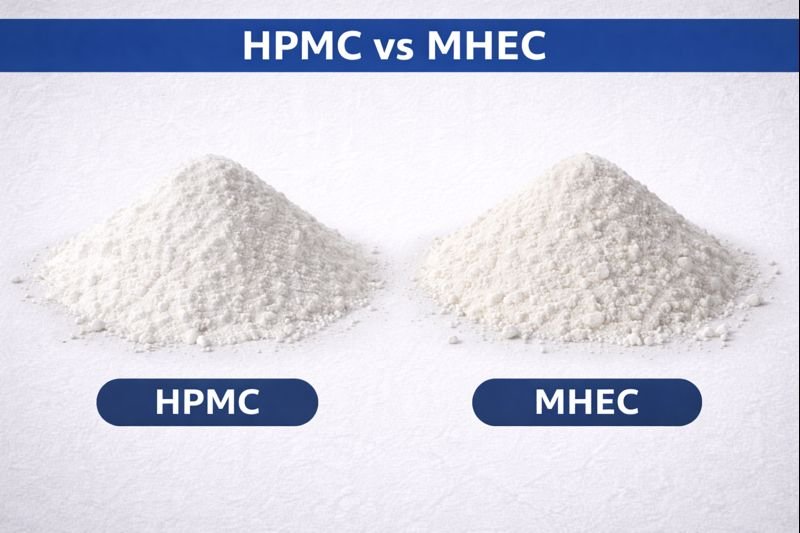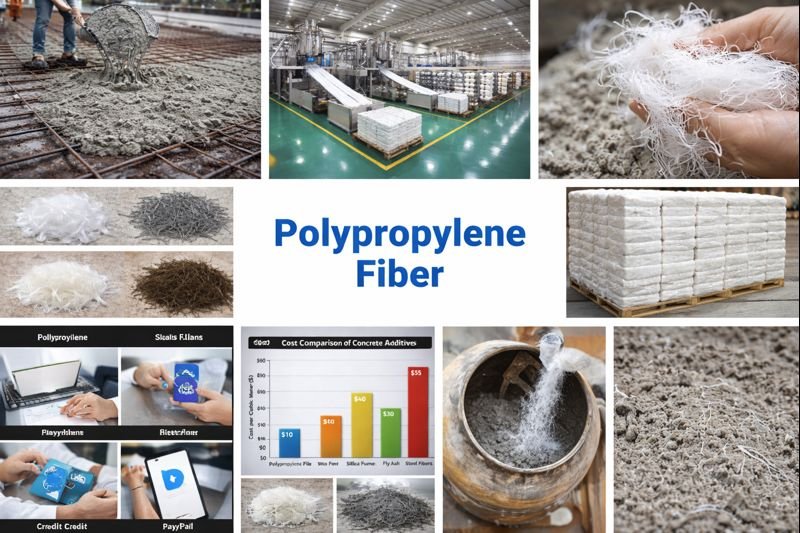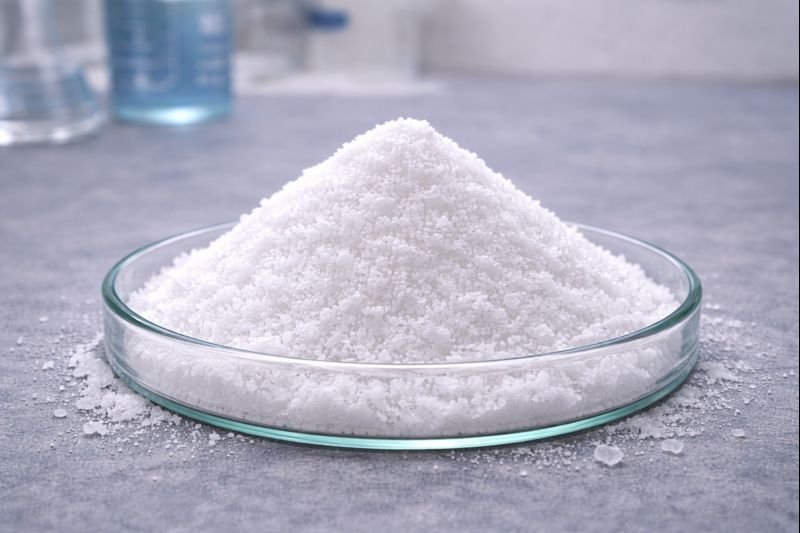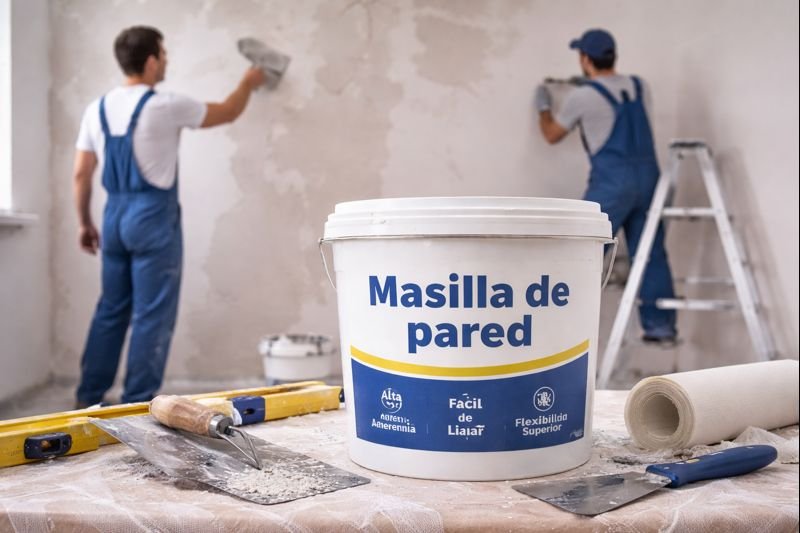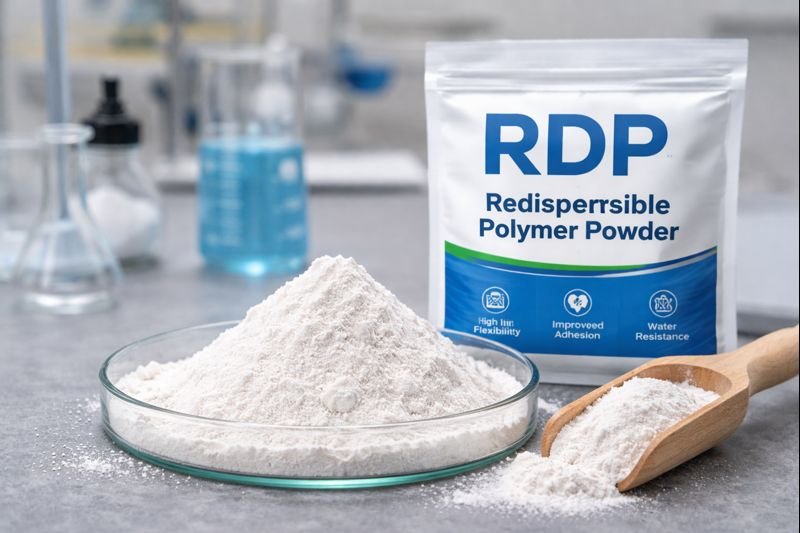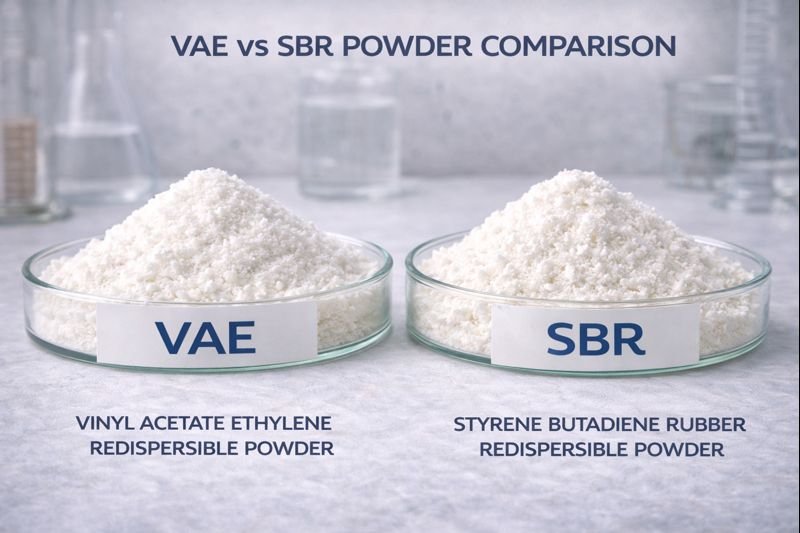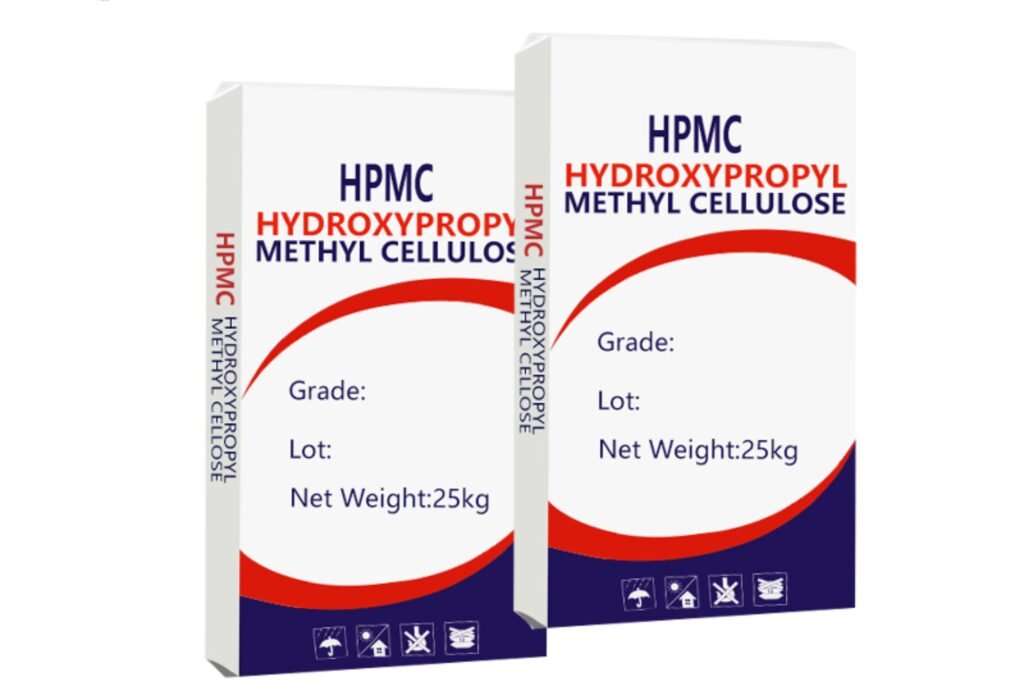Are you struggling with inconsistent HPMC quality1 that ruins your construction projects? Many mortar and paint manufacturers face this exact problem, causing production delays and customer complaints. Our factory's consistent HPMC quality1 can solve these issues permanently.
A reliable Chinese HPMC supplier2 offers significant advantages through stable quality, competitive pricing, and customizable solutions. The best suppliers maintain strict quality control systems, provide consistent viscosity and fineness specifications, offer custom packaging options, and ensure timely delivery with comprehensive after-sales support.

As the owner of a professional HPMC manufacturing facility with six production lines, I've helped hundreds of customers from Saudi Arabia to Vietnam solve their construction material challenges. My experience shows that choosing the right supplier makes all the difference between project success and costly failures. Let's explore why our hydroxypropyl methylcellulose3 stands out in the global market.
HPMC Hydroxypropyl Methylcellulose Product Details: What Makes Quality HPMC Different?
Do you constantly worry about whether your HPMC will perform consistently across different batches? This uncertainty can derail entire production schedules and damage your reputation with customers who expect perfection.
Quality HPMC is distinguished by consistent viscosity (ranging from 100,000-200,000 mPa·s), uniform particle size (100-200 mesh), high purity (≥99%), and precise substitution levels that determine water retention capacity. These specifications ensure predictable performance in construction applications.
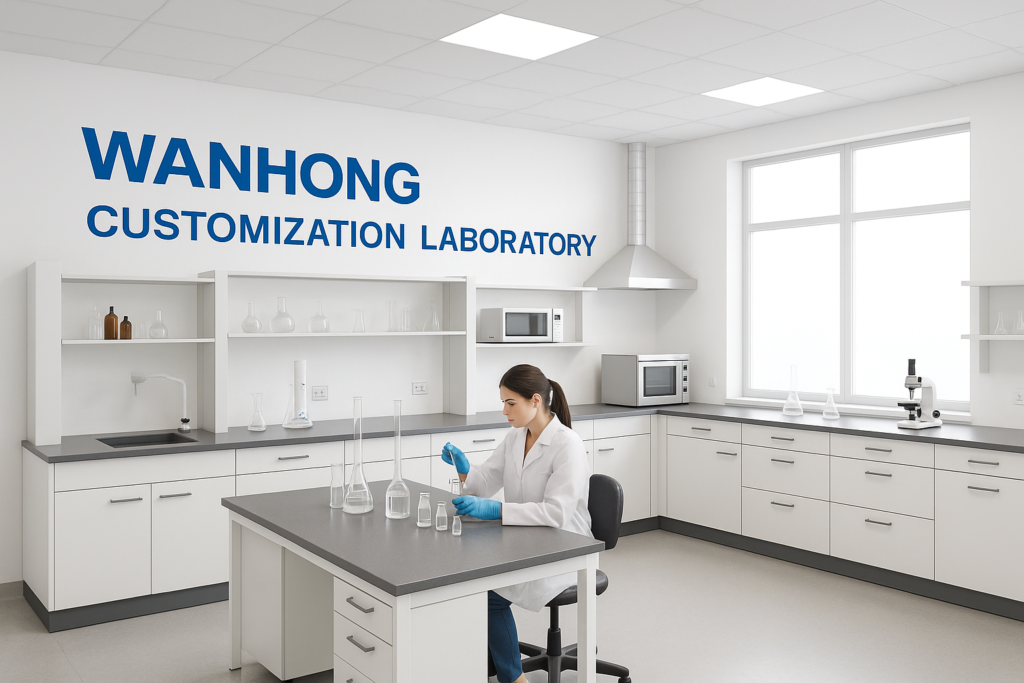
Our factory produces HPMC with exceptional consistency because we understand the science behind this crucial cellulose ether. We use advanced testing equipment to monitor every production batch, ensuring that the specifications meet exact requirements.
Technical Parameters That Matter
The technical parameters of HPMC directly impact your end products. Here's a breakdown of what makes our HPMC superior:
| Parameter | Our Standard | Industry Average | Impact on Your Product |
|---|---|---|---|
| Viscosity | ±5% tolerance | ±15% tolerance | Consistent workability |
| Particle Size | 99% pass rate | 90% pass rate | No lumping or filtering needed |
| Gel Temperature | ±2°C precision | ±5°C precision | Predictable setting time |
| Moisture Content | <2% | <5% | Longer shelf life |
I remember when a customer from UAE switched to our HPMC after struggling with quality issues from another supplier. Their wall putty production efficiency improved by 30% simply because they no longer needed to adjust their formula to compensate for inconsistent HPMC quality1. This highlights why technical parameters aren't just numbers on a specification sheet—they translate directly to your bottom line.
Experience the Difference with Our FREE HPMC Sample: Why Test Before You Buy?
Are you tired of purchasing full containers only to discover the HPMC doesn't work with your specific formula? This costly mistake can set back production schedules and waste thousands of dollars on unusable materials.
Testing free HPMC sample4s in your actual production environment allows you to verify compatibility with your specific formulations, evaluate performance characteristics like water retention and workability, and compare different grades before committing to large orders.
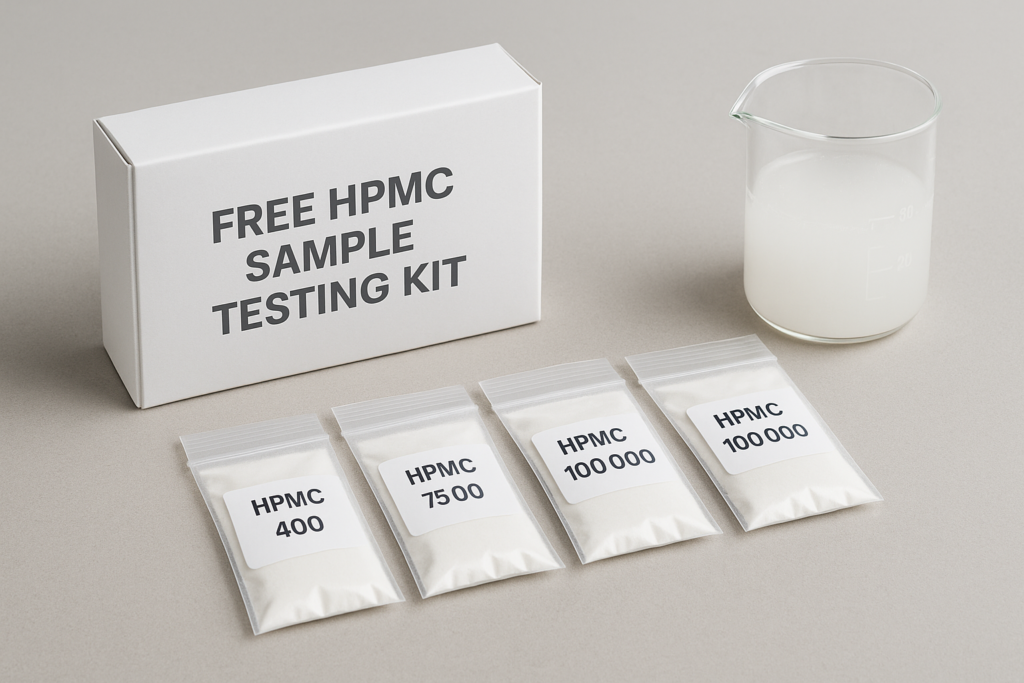
We believe so strongly in our product quality that we offer comprehensive sample testing programs for serious buyers. Our sample testing program includes multiple grades tailored to your application, along with technical guidance from our experts who have decades of experience in construction chemistry.
How Our Sampling Process Works
Getting the right HPMC for your application doesn't happen by chance—it requires testing and validation. Our sampling process is designed to ensure you find exactly what works for your needs:
- Initial consultation to understand your application requirements
- Selection of 2-3 appropriate HPMC grades for testing
- Provision of 1kg samples with detailed technical specifications
- Technical support during your testing phase
- Detailed feedback collection and formula adjustments if necessary
I recently worked with a paint manufacturer from Brazil who tested three different viscosity grades in their formulation. The testing revealed that our 150,000 mPa·s HPMC performed significantly better than their current supplier's product, leading to improved paint consistency and reduced application issues. This saved them from ordering the wrong specification and demonstrated the value of proper sample testing.
Discover More Grades of Hydroxypropyl Methyl Cellulose: Which Type Is Best for Your Application?
Have you been using the same HPMC grade for years without exploring whether newer or different formulations could improve your product performance? Many manufacturers stick with what's familiar, missing opportunities for innovation and cost savings.
The optimal HPMC grade depends on your specific application: construction requires high water retention grades (150,000-200,000 mPa·s), tile adhesives need medium viscosity grades (75,000-100,000 mPa·s), while paints perform best with lower viscosity options (15,000-50,000 mPa·s) combined with specific methoxyl content.
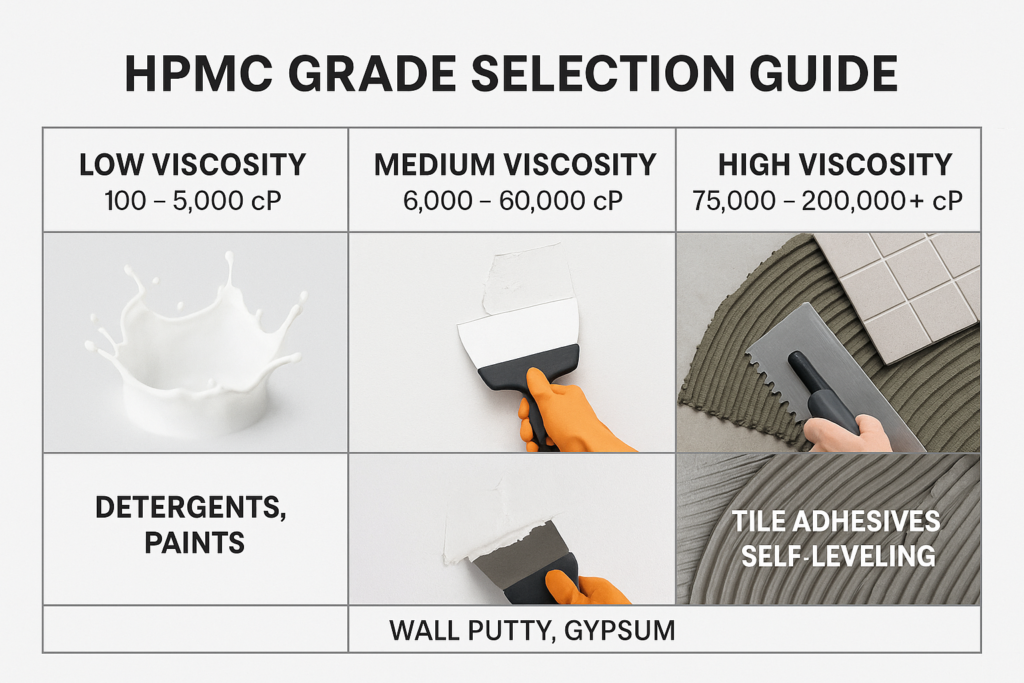
At our factory, we produce a comprehensive range of HPMC grades that serve diverse applications across the construction and industrial spectrum. Understanding the subtle differences between these grades can dramatically improve your product performance.
Specialized HPMC Grades for Different Applications
The right HPMC grade makes all the difference in your formulation's performance. Here's a deeper look at our specialized grades:
| Application | Recommended Grade | Key Properties | Benefits |
|---|---|---|---|
| Cement-based Mortars | HPMC K-100M | High water retention, extended workability | Prevents cracking, improves adhesion |
| Gypsum Products | HPMC K-75M | Fast dissolution, medium viscosity | Quick mixing, good workability |
| Exterior Insulation Systems | HPMC K-200M | Maximum water retention, strong thickening | Extended open time, sag resistance |
| Wall Putty | HPMC K-50M | Low viscosity, good flowability | Smooth application, easy sanding |
| Ceramic Tile Adhesives | HPMC K-100M | Balanced water retention, good slip resistance | Strong bonding, adjustable positioning |
One of our customers in Saudi Arabia switched from using a general-purpose HPMC to our specialized exterior insulation grade. The change resolved their persistent problems with premature drying in hot weather conditions, extending their working time by nearly 45 minutes. This improvement eliminated wasted material and significantly reduced application failures, demonstrating how choosing the appropriate grade can solve specific regional challenges.
Hydroxypropyl Methylcellulose Packaging and Size: How Does Packaging Affect Your Bottom Line?
Have you experienced the frustration of damaged HPMC packaging that exposes the product to moisture, creating costly lumps and waste? Poor packaging choices can turn high-quality HPMC into an unusable mess during transportation or storage.
Proper HPMC packaging significantly impacts product integrity, with moisture-proof packaging being essential. Options include 25kg kraft paper bags with PE liners (standard), 1000kg jumbo bags (cost-effective for large volumes), and customized packaging with private labeling for distributors.
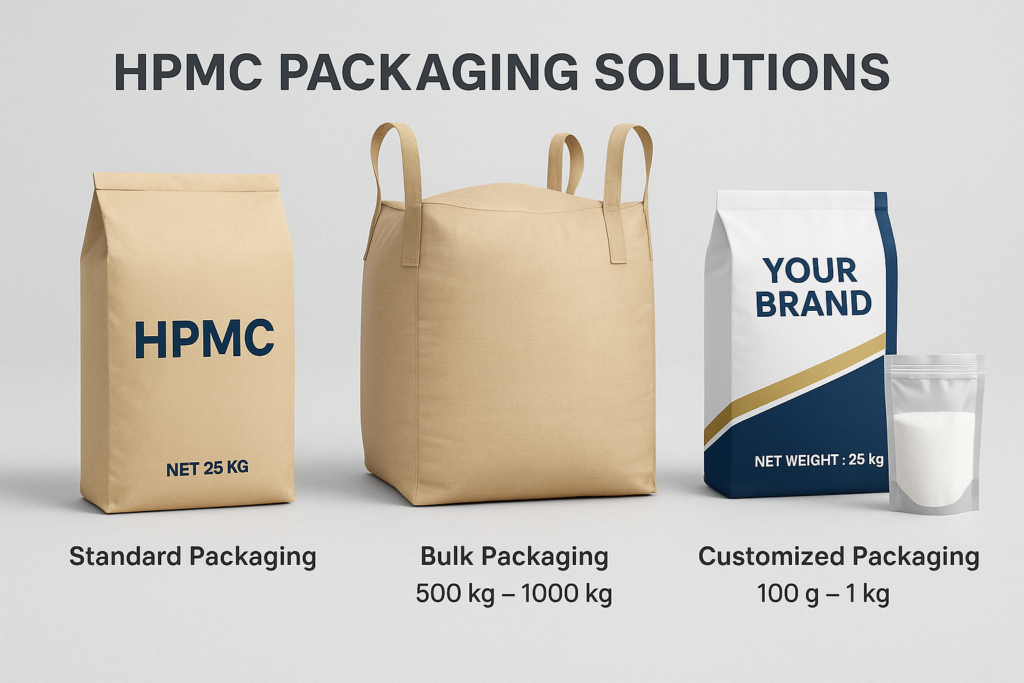
As a factory with extensive export experience, we've optimized our packaging to withstand the challenges of international shipping, including extreme temperature variations and high humidity environments commonly encountered in Middle Eastern and tropical markets.
Packaging Innovation for Different Market Needs
The right packaging solution depends on your specific operational requirements and market conditions. Here's how we approach packaging customization:
For large mortar manufacturers, we offer pallet-optimized 25kg bags that maximize container loading efficiency, reducing freight costs by up to 15% compared to standard packaging configurations. Our moisture-resistant multi-layer bags incorporate an inner PE film that maintains HPMC quality even when stored in high-humidity environments for up to 24 months.
For distributors who require their own branding, we provide comprehensive private label solutions including custom printed bags, documentation, and certificates. This turnkey approach helps distributors build their market presence while maintaining quality assurance.
I recall working with a distributor from India who needed special packaging that could withstand monsoon season conditions. We developed a reinforced waterproof packaging solution that eliminated their previous 7-8% moisture damage rate, dramatically improving their profitability and customer satisfaction. This customized approach demonstrates our commitment to solving real-world challenges through thoughtful packaging design.
Uses of Hydroxypropyl Methyl Cellulose: What Are the Top 4 Applications?
Do you wonder if you're maximizing the potential of HPMC in your formulations? Many manufacturers use HPMC in limited ways, unaware of its full capabilities across different applications.
The top four applications for HPMC include: 1) Construction (mortars, renders, and plasters) for improved water retention and workability; 2) Tile adhesives for enhanced open time and slip resistance; 3) Paints and coatings for thickening and anti-sagging properties; and 4) Gypsum-based products for better consistency and strength.
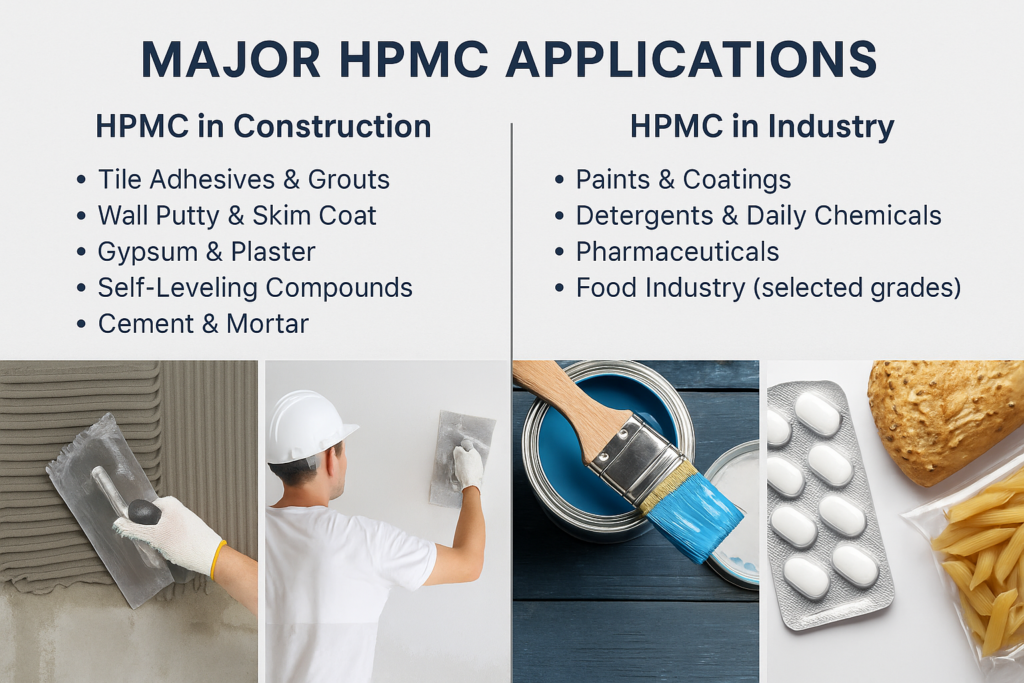
Having supplied HPMC to customers across these diverse applications, I've seen firsthand how the right grade and application knowledge can transform product performance and solve industry-specific challenges.
HPMC Application Deep Dive
Understanding the specific role HPMC plays in different applications can help you optimize your formulations for superior performance:
In construction mortars, HPMC functions beyond simple water retention. At proper dosages (typically 0.2-0.5%), it creates a protective colloid that slows cement hydration at the substrate interface, enhancing bond strength by up to 40% compared to unmodified mortars. This same mechanism improves freeze-thaw resistance by creating microscopic air pockets that accommodate water expansion.
For tile adhesives, the critical factor is balancing open time with quick strength development. Our specialized HPMC grades achieve this through controlled dissolution rates and specific molecular weight distribution. This allows for adjustability window of 15-20 minutes while still developing sufficient strength within 24 hours to prevent tile slippage.
In paint applications, HPMC serves multiple functions simultaneously: it acts as a protective colloid during storage, prevents pigment settling, controls application rheology, and improves wet edge time during application. The ideal HPMC for paints typically has lower viscosity (15,000-30,000 mPa·s) but higher substitution levels to interact effectively with other paint components.
A customer from Pakistan switched from using general construction grade HPMC to our paint-specific grade and eliminated the settling problems that had plagued their water-based paint line. This seemingly small change reduced their quality control rejections by nearly 70% and extended their product shelf life from 6 months to over 18 months.
Hydroxypropyl Methylcellulose Supplier with Good Reputation: How Do You Identify Reliable Partners?
Are you concerned about supplier reliability after experiencing quality inconsistencies or delivery delays? Many buyers have been burned by suppliers who make promises they can't keep, leading to production disruptions and customer dissatisfaction.
A reputable HPMC supplier demonstrates consistent quality through internationally recognized certifications (ISO 9001, ISO 14001), provides transparent technical documentation, maintains steady pricing policies, responds promptly to customer inquiries, and has verifiable references from long-term customers in your industry.

After serving the global market for years, we've built our reputation on transparency, consistency, and technical expertise that supports our customers beyond simply supplying a product.
Verification Steps for Supplier Reliability
Identifying a truly reliable supplier requires due diligence beyond just comparing prices. Consider these verification approaches:
Request and verify testing certificates for recent production lots, comparing them with actual samples you receive. Reliable suppliers will show consistent parameters across different production batches with minimal variation in key specifications like viscosity and particle size.
Evaluate the supplier's technical support capabilities by asking detailed application questions. Knowledgeable suppliers should provide specific recommendations for your application, not just generic information. This indicates real experience with diverse applications and formulation challenges.
Investigate the supplier's market longevity and stability. Our factory has maintained relationships with some customers for over a decade, demonstrating our commitment to long-term partnerships rather than short-term transactions. This stability translates directly to product consistency and reliable supply.
I remember when a customer from Vietnam visited our factory after experiencing quality problems with three previous suppliers. What impressed them most wasn't just our production capacity but our detailed quality control records showing consistent parameters across hundreds of production batches. This transparency gave them the confidence to place their first container order, which has since grown into a relationship spanning seven years and over 300 containers of HPMC.
Hydroxypropyl Methylcellulose Manufacturing and Supply: How Is Quality HPMC Made?
Quality HPMC manufacturing5 involves a complex process of alkalization, etherification, purification, and precision drying under controlled conditions. Advanced manufacturing uses automated systems to maintain precise reaction parameters, resulting in consistent substitution levels and viscosity control.

With six production lines in our factory, I've invested in optimizing every step of the manufacturing process to ensure consistent quality that meets the demanding requirements of construction and coating applications worldwide.
Manufacturing Excellence Behind Quality HPMC
The difference between average and excellent HPMC often lies in manufacturing details that aren't visible in the final product but significantly impact its performance:
Our production uses precisely controlled reactor environments where temperature variations are maintained within ±1°C throughout the reaction process. This tight control ensures uniform substitution patterns in the cellulose chain, which directly affects critical properties like water retention and dissolution characteristics.
Raw material selection and preprocessing are equally crucial. We use specialized cellulose sources with controlled fiber length and crystallinity, then subject them to an optimized alkalization process that ensures complete and uniform reaction sites. This preprocessing stage, often overlooked by lesser manufacturers, prevents "hot spots" of unreacted or overreacted material that can cause inconsistent performance.
Quality control extends throughout the process with inline monitoring rather than just end-product testing. Our automated systems take measurements at 15 different points during production, making micro-adjustments to maintain parameters within strict tolerances. This continuous monitoring approach has reduced batch-to-batch variation to less than 3%, compared to the industry standard of 8-12%.
A technical director from a major mortar manufacturer in Mexico once commented that our HPMC was the only product they'd found that maintained consistent dissolution rates across different production batches. This consistency allowed them to reduce their mixing time by 15%, significantly increasing their production capacity without additional equipment investment—a direct benefit of our manufacturing excellence.
Dealing with Large Volume Orders: Can Your Supplier Handle Your Growth?
Do you worry about supply consistency as your business grows? Many companies face shortages or quality fluctuations when ordering larger volumes, creating uncertainty that threatens production schedules and customer relationships.
Handling large volume orders requires substantial production capacity (our 6 production lines deliver 800+ tons monthly), raw material supply chain6 stability, efficient production planning systems, and logistics coordination capabilities to ensure timely delivery regardless of order size.
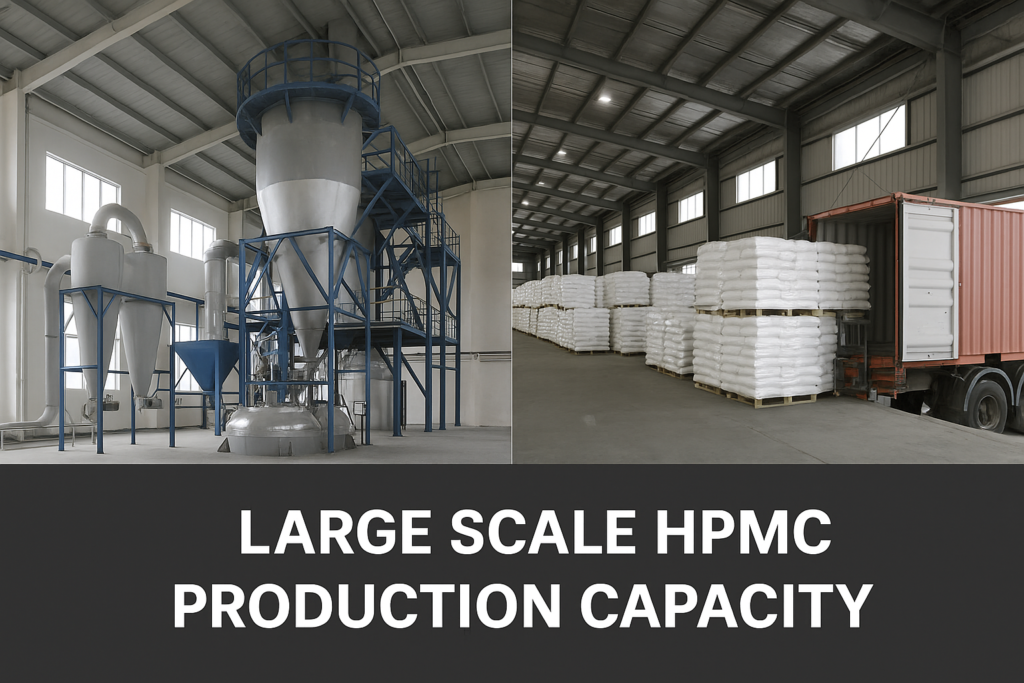
Having supplied major construction material manufacturers across developing markets for years, we've developed systems specifically designed to handle large volume orders with the same attention to detail as smaller shipments.
Scale Without Compromise
Scaling up order volumes shouldn't mean compromising on quality or reliability. Here's how we manage large volume orders effectively:
Our dedicated production planning team creates rolling 90-day production forecasts based on customer projections, allowing us to pre-allocate capacity for regular customers and maintain raw material inventories at appropriate levels. This proactive planning prevents the capacity constraints that often affect smaller manufacturers when handling large orders.
For customers with predictable consumption patterns, we offer production reservation agreements that guarantee capacity for future orders. This system has proven valuable for customers in seasonal markets who need assurance that their peak season demands will be met without delays.
Our multi-line production setup provides redundancy that single-line operations cannot match. If maintenance is required on one line, production can be shifted to other lines without affecting output or quality. This redundant capacity has helped us maintain 99.7% on-time delivery performance even during periods of high demand.
I worked with a customer from the UAE who needed to triple their order size within two months due to winning a major project. While their previous supplier struggled with this sudden increase, our flexible production system allowed us to accommodate theirI worked with a customer from the UAE who needed to triple their order size within two months due to winning a major project. While their previous supplier struggled with this sudden increase, our flexible production system allowed us to accommodate their growth without delay. We not only met their volume requirements but maintained consistent quality across all shipments, enabling them to complete their high-profile project successfully and secure additional contracts as a result.
Flexible Payment and Sufficient HPMC Supply: How Can Payment Terms Affect Your Business?
Are you frustrated by rigid payment terms that strain your cash flow or limit your purchasing power? Inflexible suppliers often demand payment conditions that don't align with your business cycle, creating unnecessary financial pressure.
Flexible payment options can include 30% deposit with 70% against shipping documents, letter of credit for new customers, open account terms for established relationships, and seasonal payment adjustments to match cash flow patterns in construction businesses.
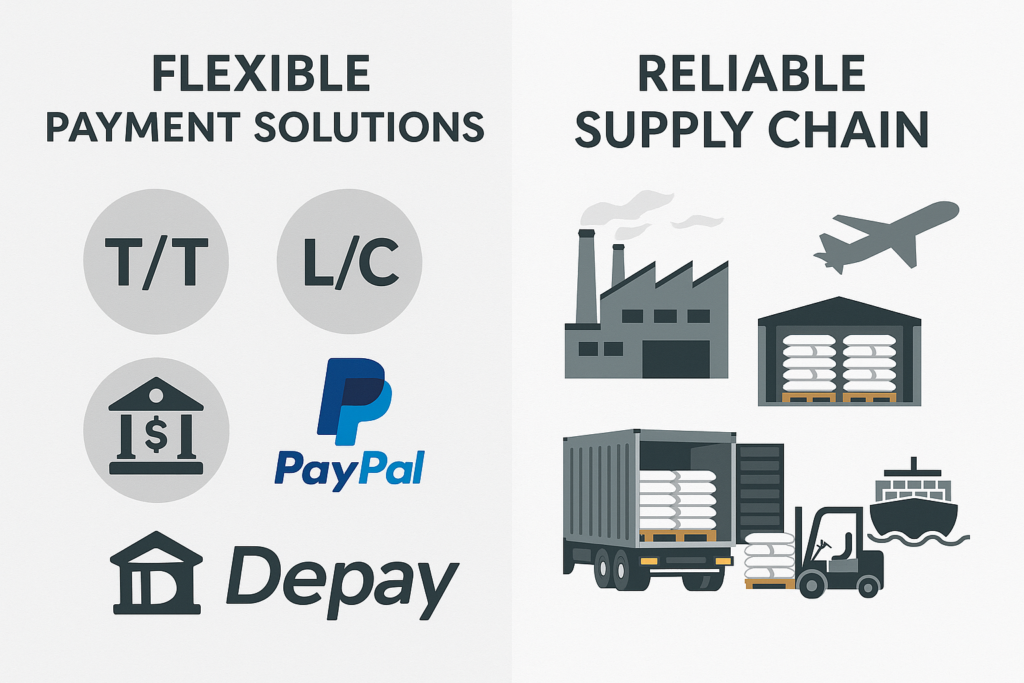
Having worked with hundreds of customers across different economic environments, I understand that payment flexibility often makes the difference between a successful partnership and a strained relationship.
Creating Win-Win Financial Arrangements
Payment terms should support your business growth rather than restrict it. Our approach to payment flexibility is built on understanding each customer's unique situation:
For established customers with regular ordering patterns, we offer graduated payment terms that evolve with the relationship. This might begin with standard LC terms but progress to more favorable arrangements like 30/70 terms or even open account with appropriate credit limits. This evolution recognizes and rewards loyalty while supporting your business growth.
We also understand the seasonality inherent in construction markets. In regions like Saudi Arabia, where summer temperatures limit construction activity, we offer seasonal payment adjustments that align with your actual usage and revenue patterns. This might include extended payment terms during slow seasons with more standard terms during peak construction periods.
For large projects with specific timing requirements, we develop customized stocking and payment programs that ensure material availability while spreading payment obligations to match your project payment milestones. This approach has helped numerous customers take on larger projects than their immediate cash flow might otherwise allow.
I recently worked with a distributor in Pakistan who faced temporary import restrictions that complicated their usual payment processes. Rather than losing this valuable partnership, we developed an alternative payment structure involving partial payments through third countries and adjusted shipment scheduling. This creative solution maintained our supply relationship during a challenging period and strengthened our partnership for the future.
Global Delivery and Shipping Solution: How to Ensure Smooth International Logistics?
Have you experienced the headache of delayed shipments causing production shutdowns or missed project deadlines? International shipping complications can transform a good product into a liability if it doesn't arrive when and where you need it.
Effective global delivery systems include multiple shipping options (FCL, LCL, air freight for urgencies), established relationships with major shipping lines, complete documentation preparation services, and contingency planning for supply chain disruptions.
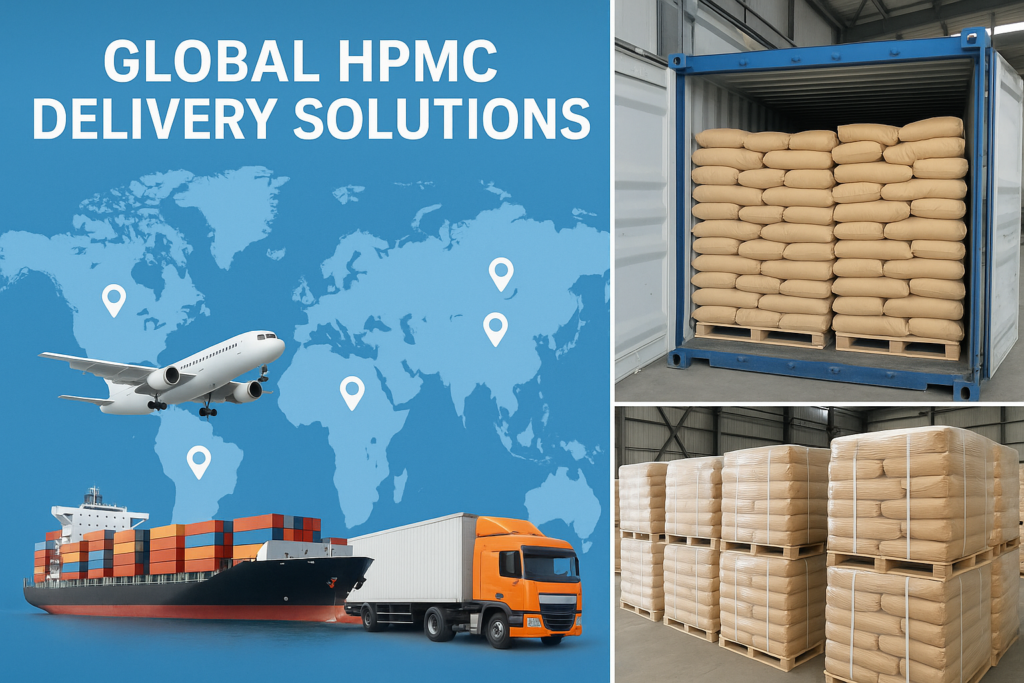
With customers across Saudi Arabia, UAE, Iran, India, Pakistan, Brazil, Mexico, Georgia, Sri Lanka, Singapore, Philippines, Vietnam, and other developing markets, we've developed specialized expertise in navigating the complexities of global logistics.
Mastering International Delivery Challenges
International shipping requires more than just booking containers. Our comprehensive approach includes:
Strategic port relationships that ensure priority booking even during shipping shortages. During the global container crisis of 2021, these relationships allowed us to maintain deliveries when many suppliers couldn't secure shipping space at any price. We maintain accounts with five major shipping lines to provide redundancy and competitive options for every destination.
Our documentation team specializes in preparing perfect paperwork for challenging markets with complex import requirements. From detailed certificates of analysis to properly structured invoices that satisfy local customs requirements, we handle the complexity so you receive your shipments without customs delays or unexpected fees.
We maintain strategic inventory positions for high-volume customers, storing buffer stock in our warehouse to ensure immediate availability even when shipping is disrupted. This approach has proven invaluable during seasonal shipping congestion periods and unexpected events like port strikes or weather disruptions.
I remember a particularly challenging situation with a customer in Brazil who faced a critical shortage due to a delayed shipment from another supplier. We arranged split shipments—sending an emergency air freight consignment to cover immediate needs while the main order followed by sea. Our logistics team coordinated special handling at both ends, ensuring the air shipment cleared customs in just 48 hours. This responsiveness prevented a costly production shutdown and demonstrated our commitment to customer success beyond just supplying a product.
Knowledge Base for HPMC: Why Is Technical Support Critical to Your Success?
Do you struggle to optimize your formulations because your current supplier provides only basic product information without application guidance? Many HPMC users miss opportunities for significant product improvements due to limited technical support.
Comprehensive technical support includes detailed application guidelines, formulation troubleshooting assistance, on-site testing support, compatibility analysis with other ingredients, and ongoing education about new developments in cellulose ether technology.
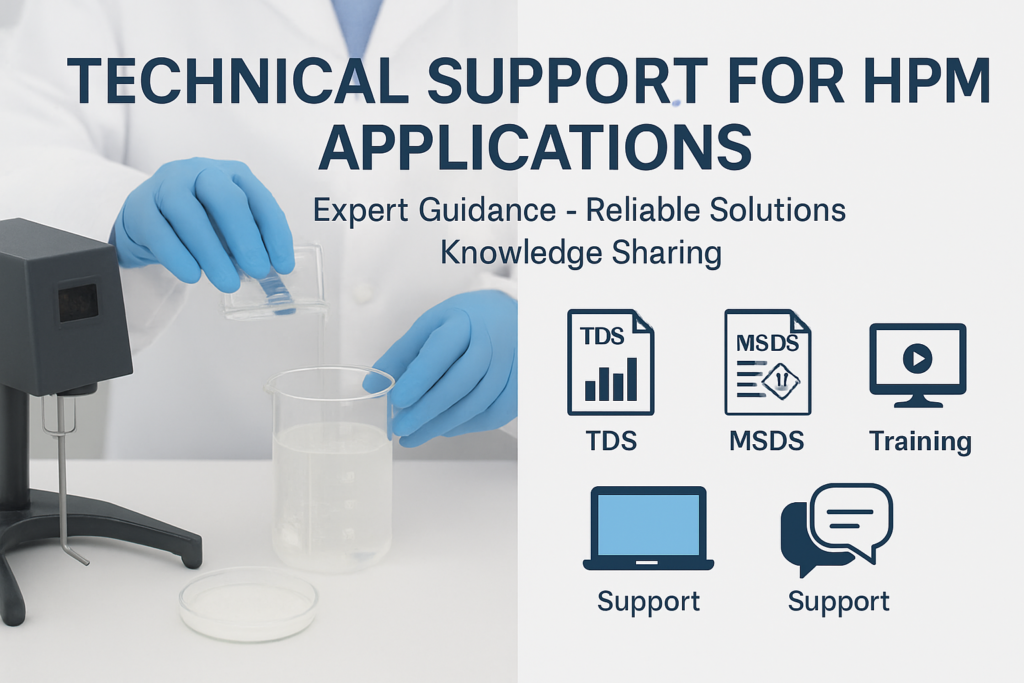
After years of working with diverse applications across multiple industries, we've built a knowledge base that helps customers solve problems and optimize their products far beyond the basic functionality of HPMC.
Technical Partnership Beyond Supply
True technical support transforms a supplier relationship into a partnership that drives innovation and problem-solving:
Our technical team includes specialists with backgrounds in construction chemistry, paint formulation, and polymer science. This diverse expertise allows us to provide application-specific guidance rather than generic recommendations. When customers encounter issues like delayed setting times in mortars or viscosity drift in stored paints, we can quickly diagnose root causes and suggest targeted solutions.
We maintain an extensive formulation library with over 200 tested recipes across different applications. These serve as starting points for customers developing new products, significantly reducing their development time and testing costs. Each formulation includes notes on regional adaptations for different climate conditions, helping customers adjust for their specific markets.
For customers willing to share their development goals, we offer collaborative innovation sessions where our technical team works directly with your formulators to achieve specific performance targets. This co-development approach has helped customers create differentiated products with unique selling points in their markets.
A paint manufacturer from Singapore struggled with a recurring crater formation issue in their premium interior paint. After multiple attempts to solve it themselves, they consulted our technical team. Through systematic analysis, we identified an incompatibility between their defoamer and our standard HPMC grade. Rather than simply suggesting a different defoamer (which would have disrupted their established formulation), we provided a modified HPMC grade with different surface properties that resolved the compatibility issue while maintaining all other performance characteristics. This tailored solution demonstrated the value of in-depth technical support that addresses root causes rather than symptoms.
Conclusion
Choosing the right HPMC supplier impacts everything from product quality to business growth. Our commitment to consistent quality, flexible terms, reliable delivery, and technical partnership has helped hundreds of customers succeed in demanding markets worldwide. I invite you to experience the Kehao difference with a free sample and consultation.
-
Explore how consistent HPMC quality can enhance your construction projects and prevent costly delays. ↩ ↩ ↩
-
Discover the benefits of sourcing HPMC from reliable Chinese suppliers for your manufacturing needs. ↩
-
Discover the versatile applications of hydroxypropyl methylcellulose in various industries. ↩
-
Learn how testing free HPMC samples can help you find the right product for your needs. ↩
-
Explore best practices in HPMC manufacturing to enhance your production quality and efficiency. ↩
-
Discover the advantages of a stable raw material supply chain for HPMC production. ↩
